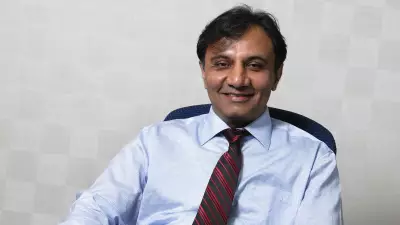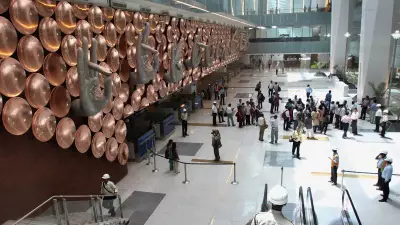
Wall Street's most sophisticated tools might be its greatest weakness in spotting the next major financial crisis. Despite advanced algorithms and artificial intelligence systems, experts warn that the very technology designed to predict market downturns could be blinding investors to imminent dangers.
The Illusion of Safety in Modern Finance
Today's financial institutions rely heavily on complex risk models and AI-driven prediction systems that analyze massive amounts of data. These systems are supposed to identify patterns and potential threats before they materialize. However, this technological sophistication creates a dangerous paradox: the more we trust these systems, the less we question their limitations.
Why Current Systems Fail to Predict Major Crashes
Modern risk assessment tools primarily work by analyzing historical data and identifying patterns from past market behavior. The fundamental problem? The next crisis rarely resembles the last one. Financial systems evolve, new types of assets emerge, and global economic connections become more complex in ways that historical models cannot capture.
The Human Factor: Over-reliance on Technology
Financial professionals are increasingly deferring to algorithmic recommendations without fully understanding their underlying assumptions. This creates a situation where multiple institutions might be using similar models, leading to herd behavior that could amplify market movements rather than cushion them.
The Hidden Dangers in Plain Sight
- Algorithmic uniformity: When multiple major players use similar risk models, they may all react simultaneously to perceived threats
- Data limitations: AI systems can only analyze what they're programmed to see, potentially missing novel threats
- Speed over substance: The focus on microsecond trading advantages distracts from long-term structural risks
- Regulatory gaps: New financial instruments and global market connections outpace regulatory oversight
Learning from History While Looking Forward
The 2008 financial crisis caught most experts by surprise because it involved complex financial instruments and connections that traditional models didn't adequately capture. Today's financial landscape includes cryptocurrencies, algorithmic trading, and global supply chain financing—all creating new potential failure points that existing risk models may not properly evaluate.
As one analyst noted, "The biggest risks are never the ones we're watching for—they're the ones we haven't imagined yet." This fundamental truth about financial markets suggests that while technology provides valuable tools, human judgment and diverse perspectives remain essential for true risk assessment.





